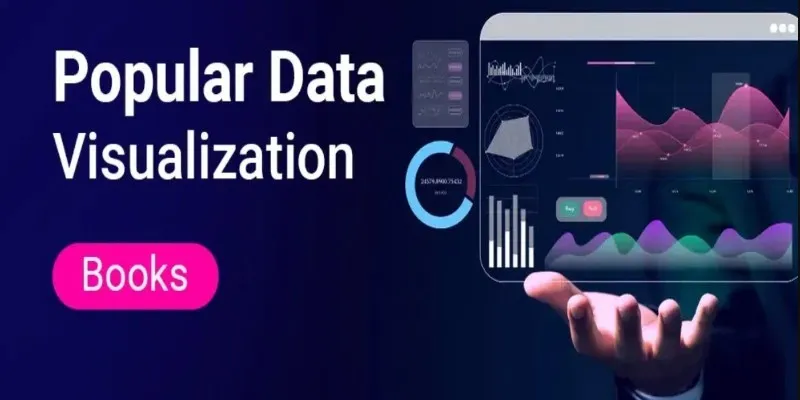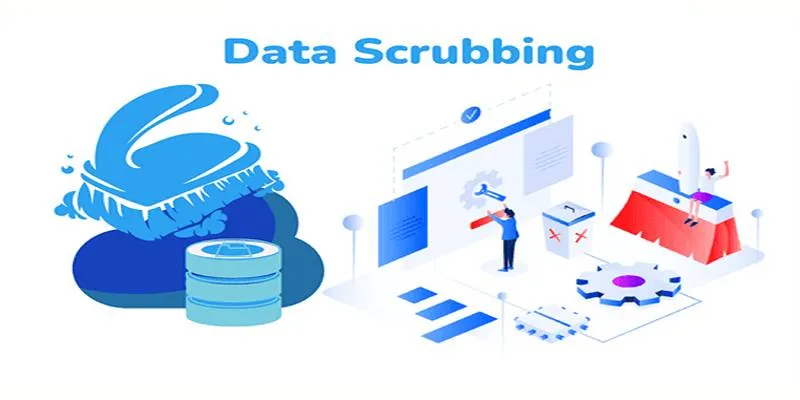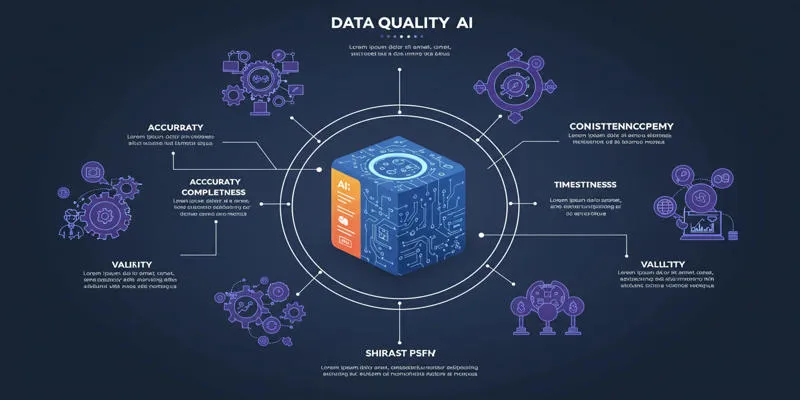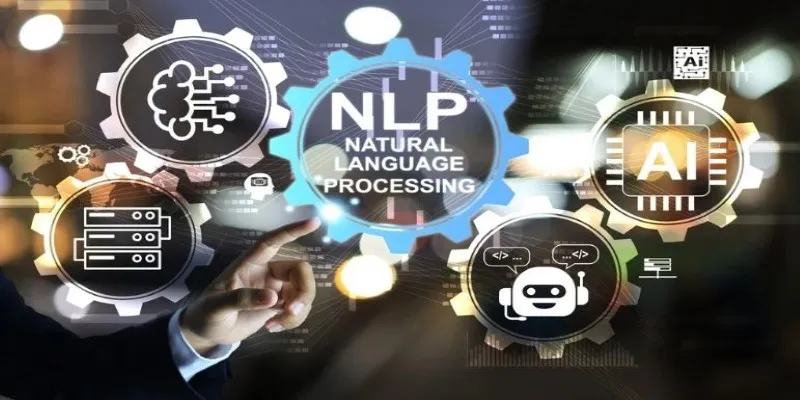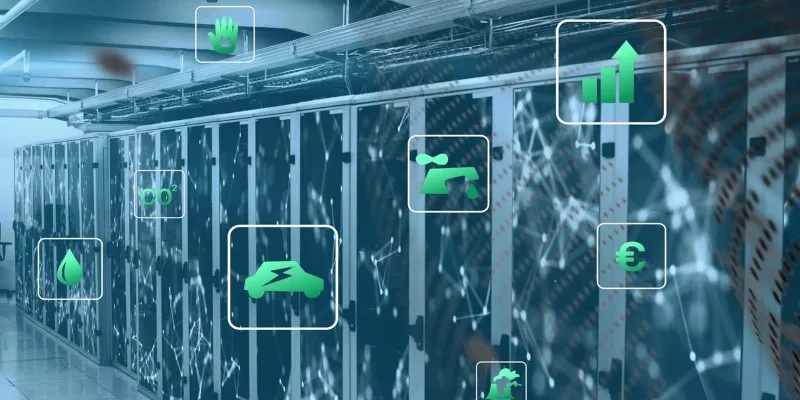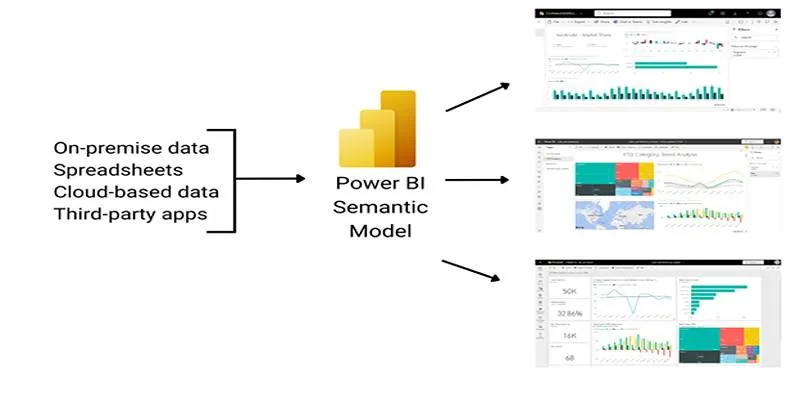If you’ve ever worked with data, you know how messy and limited it can be. Maybe it’s incomplete, sensitive, or doesn’t even exist yet. Synthetic data steps in—not as a backup plan, but as a fully usable alternative that solves more problems than it causes. While it might sound like a tech buzzword, the idea is straightforward: create data that appears and behaves like real data but isn’t derived from actual events or users. Sounds simple, right? Let’s dive deeper.
What Exactly Is Synthetic Data?
Synthetic data is artificially generated information that mimics real-world data. It’s not collected through surveys, sensors, or user interactions. Instead, it’s produced by algorithms, typically simulations or advanced models trained on actual datasets, designed to create datasets that reflect the statistical properties of real ones.
But don’t mistake it for fake or random data. It’s shaped with intention. For example, if your real data contains patterns—like a customer always buying socks when they buy shoes—synthetic data will capture that trend. That’s the beauty of it: it acts real without being real.
Synthetic data usually comes in three types:
- Fully synthetic: None of the original data remains; the entire dataset is generated.
- Partially synthetic: Only sensitive or missing parts are recreated; the rest stays real.
- Hybrid synthetic: A combination of simulated data and real data, usually when only some variables are sensitive.
So why generate data from scratch? There are several compelling reasons.
Where Synthetic Data Proves Its Worth
Think of the times when you needed data but couldn’t access it—because it was too sensitive, too scarce, or simply not there yet. That’s where synthetic data shines. It allows researchers, developers, and analysts to move forward without being restricted by the usual constraints of real-world datasets.

1. Privacy Without Compromise
There’s a growing demand to protect personal information—and rightfully so. But when you’re testing an algorithm or training a model, you still need data that looks like the real deal. Synthetic data sidesteps the need to involve actual personal details. Since it doesn’t trace back to real people, it can be shared more freely, bypassing many legal and ethical hurdles.
You get the patterns, the behavior, and the context—but not the exposure. It’s especially useful in fields like healthcare or finance, where privacy is non-negotiable.
2. Testing the Untestable
How do you prepare an autonomous car for a rare scenario—say, a kid running across a wet road at night? Waiting for that situation to happen in real life could take years. Synthetic data can create that exact scene—lighting, weather, pedestrian behavior, and all—in minutes.
For industries like automotive, aerospace, or cybersecurity, this ability to simulate edge cases is invaluable. It doesn’t just improve testing; it makes it possible in the first place.
3. Filling the Gaps
In many cases, real-world data just doesn’t cut it. Maybe it’s too small, too imbalanced, or too expensive to gather more. Synthetic data can bulk up a dataset so that machine learning models don’t overfit or skew. This isn’t just about volume—it’s about variety.
For example, if you’re training a fraud detection model but have very few fraud examples, your model will struggle. Instead of waiting around for more fraud cases to show up, you can generate realistic samples that fill in the missing complexity.
4. Speeding Up Development
Collecting real data can take months. Cleaning it? Even longer. Synthetic data shortcuts the entire process. Since you control the generation process, the resulting data is already clean, balanced, and formatted. That means teams can get to the real work—testing, training, analyzing—faster.
This isn’t about cutting corners. It’s about removing roadblocks that shouldn’t be there in the first place.
How to Create Synthetic Data in 4 Practical Steps
Now that we know what it is and why it’s useful, let’s walk through how it’s made. The process may vary depending on your use case, but here’s a straightforward breakdown of what typically happens:
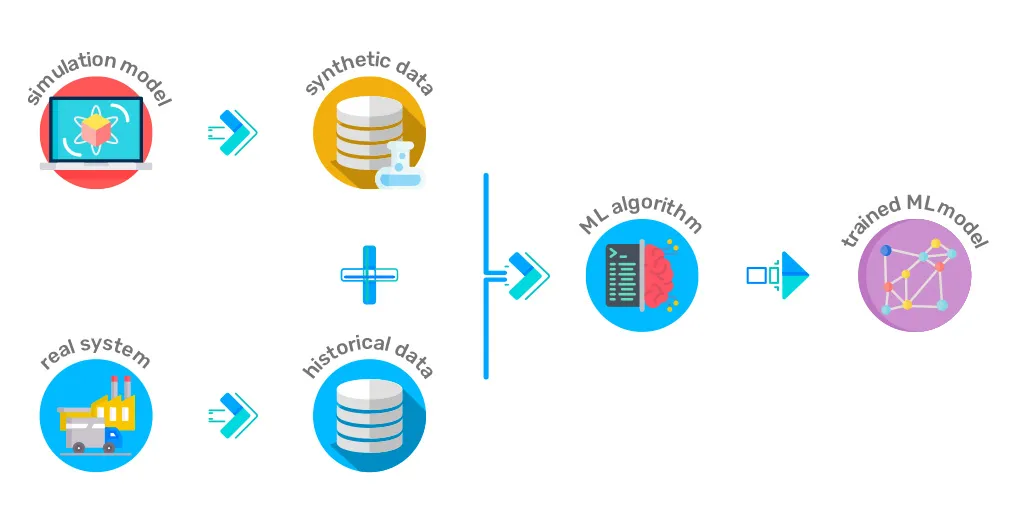
Step 1: Understand Your Source Data
Before you can generate synthetic data, you need a solid grasp of what your original dataset looks like—even if you’re not using it directly. This includes data types, distributions, relationships, and dependencies. If your data has patterns, your synthetic version should have them, too. The goal here isn’t to memorize or copy—it’s to learn the blueprint.
Step 2: Choose the Right Generation Method
Depending on your complexity, you’ll pick one of several methods to generate synthetic data:
- Statistical models for simple datasets with well-understood distributions.
- Simulation models when you’re modeling physical systems or behaviors.
- Machine learning models (especially GANs—Generative Adversarial Networks) for high-dimensional data like images, speech, or complex tabular data.
This step determines how realistic your output will be, so the choice matters.
Step 3: Generate and Evaluate the Data
Once your model is ready, it’s time to hit “generate.” But don’t stop there. Evaluate the new dataset to ensure it mirrors the patterns and properties of the original—without accidentally replicating specific records.
Common ways to assess quality include:
- Comparing statistical summaries (means, variances, distributions)
- Testing machine learning performance on real vs. synthetic data
- Checking privacy metrics to ensure no individual can be re-identified
Step 4: Put It to Work
Now that your synthetic data is ready and verified, you can use it. Whether you’re training a model, testing software, or sharing it with a partner—the hard part’s done. Just make sure to document how it was generated and any limitations it might carry.
Remember, synthetic data is powerful, but it’s not magic. It’s only as useful as the thought that went into creating it.
In Closing
Synthetic data isn’t a second-rate substitute for real information. In many cases, it’s actually the smarter choice. It solves problems that real data can’t touch—safely, quickly, and with surprising accuracy. Whether you’re working on a new product, training a complex model, or trying to stay on the right side of privacy laws, synthetic data gives you room to move.
So, if you’ve been waiting around for the “perfect” dataset, maybe it’s time to stop waiting and start building it yourself.
 zfn9
zfn9
